🎣 Trump's Tariffs Weekly Recap
Plus: LAPD busts a $3.9M cargo theft ring, Nuvocargo and UPS expand in North America, U.S. moves to ease rules for self-driving trucks, Funny Freight Friday, and more.
ATRI's 2025 report reveals the top 100 truck bottlenecks in the US. I-95 at SR 4 remains the worst for the 7th year.

Good morning. If you’ve ever sat in endless traffic on I-95 or crawled through Houston at a snail’s pace, you’re not alone.
The American Transportation Research Institute (ATRI) has released its 2025 list of the Top 100 Truck Bottlenecks, and let’s just say things aren’t getting any smoother out there. These chokepoints cost the industry billions in wasted fuel, lost time, and sheer frustration.
So, how bad is it really? And what does it mean for freight brokers trying to move loads? Let's break down the worst offenders and why they're a logistics nightmare.

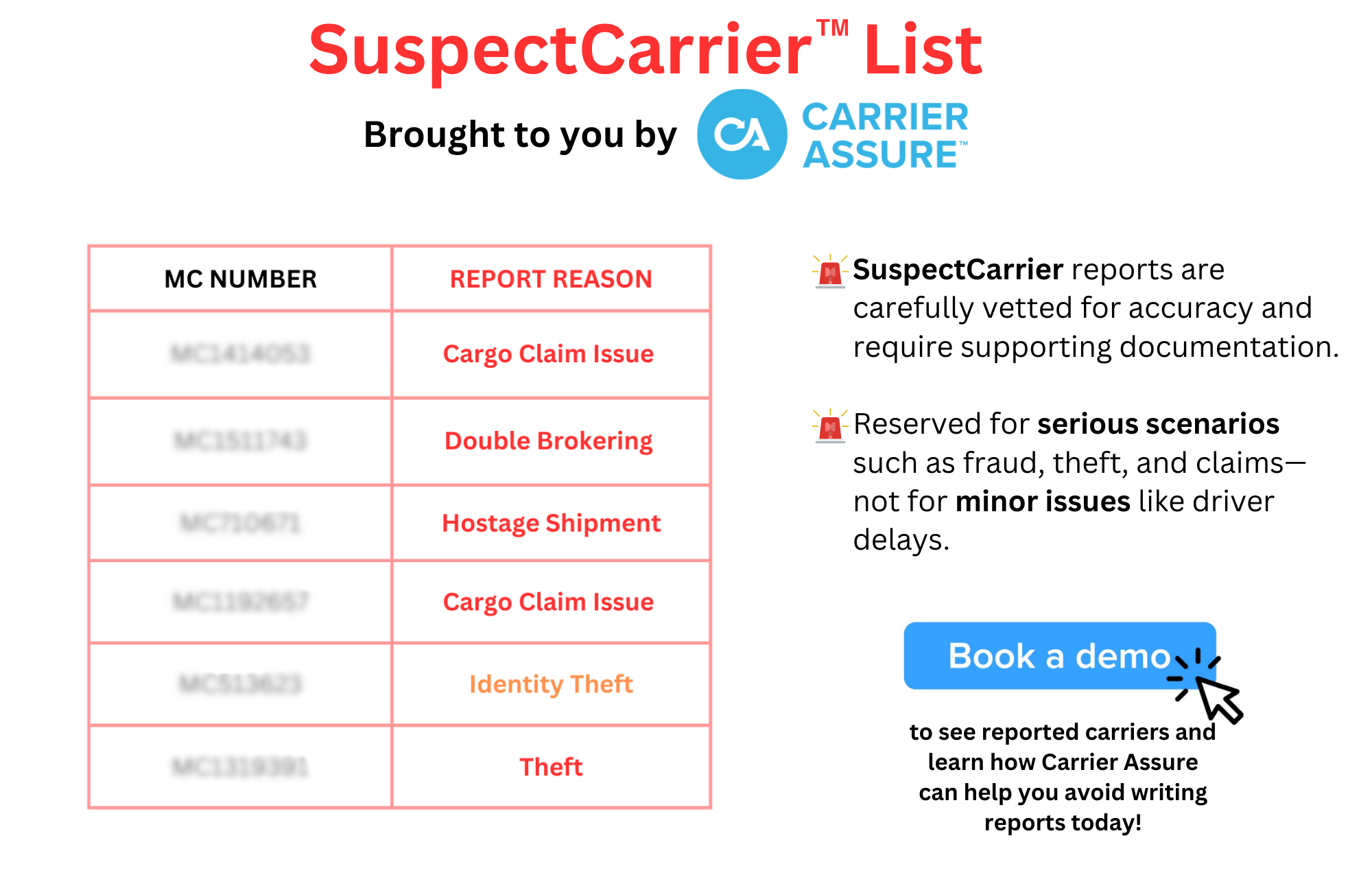
Before we dive in, if you want to understand the numbering system of the U.S. interstates, check out this newsletter we wrote a few months ago.
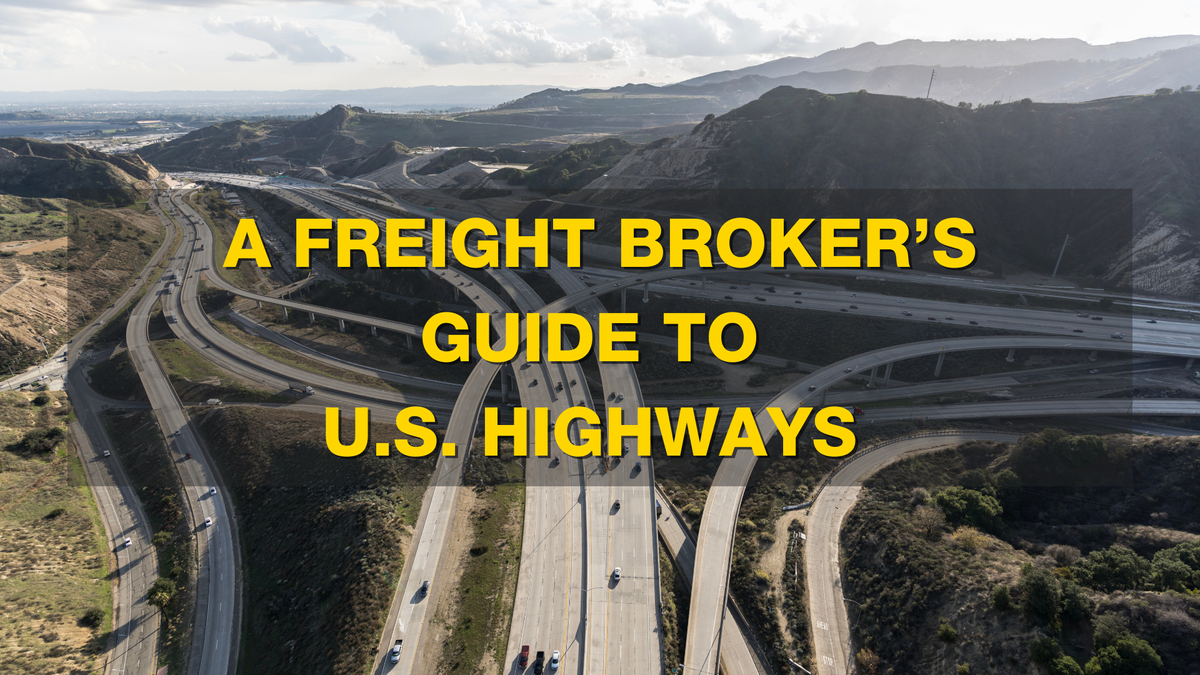

It’s back. The worst bottleneck in America for the seventh year in a row.
If you’re moving freight into or out of the Northeast, this stretch near the George Washington Bridge is a guaranteed headache. Heavy commuter traffic, high tolls, and an overburdened corridor mean backups can stretch for miles.
Key freight moving through here? Retail goods, consumer products, and a ton of imports heading inland from the NYC ports.

Chicago’s I-294/I-290/I-88 interchange is one of the most congested freight corridors in the country. It sits at the center of a major distribution hub, impacting LTL, intermodal, and cross-country shipments.
Why it’s a problem:
• High freight volume slows traffic year-round.
• Rail-to-truck transfers in the area are notoriously slow.
• Ongoing construction and toll roads add to delays.
Chicago: The Rail Crossroad

Chicago is also the busiest rail hub in North America, where BNSF, CSX, Union Pacific, Norfolk Southern, Canadian National, and CPKC all converge. Freight moving through this region often faces additional delays at intermodal terminals.
If your shipments go through Chicago, expect congestion and longer transit times.
Houston doesn’t just have traffic—it has Houston traffic. This bottleneck connects major energy sector freight with key Gulf Coast ports, but it’s also a magnet for commuter congestion.
With all the refineries and chemical plants in the area, a single breakdown or spill can turn a bad day into a 24-hour disaster.


Atlanta is the trucking equivalent of a pressure cooker. This particular stretch sees constant port traffic from Savannah, regional distribution center moves, and a never-ending flow of FedEx and UPS trucks.
The mix of freight and rush-hour insanity makes this one of the worst spots for truckers year after year.
Brought to You By FreightClaims.com
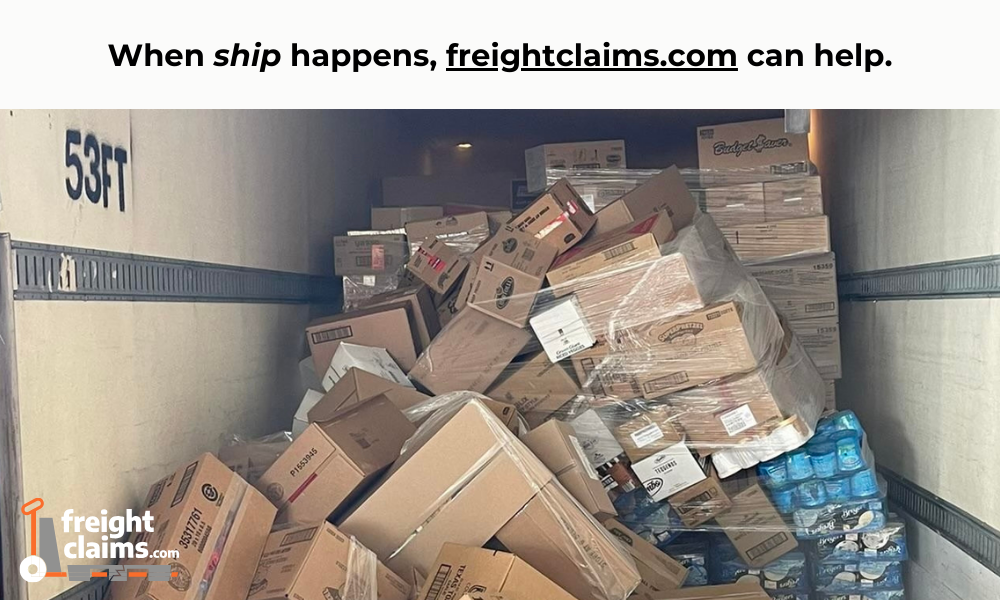
Freight damage is frustrating, but managing the claims process doesn't have to be. See how our software can simplify and streamline your freight claims.
Ready to take control?
Nashville is booming, and so is its traffic problem. This bottleneck affects freight moving from the Midwest to the Southeast and is a major link in the supply chain for automotive parts, building materials, and consumer goods.
The city’s rapid growth means more construction, more people...and more delays.
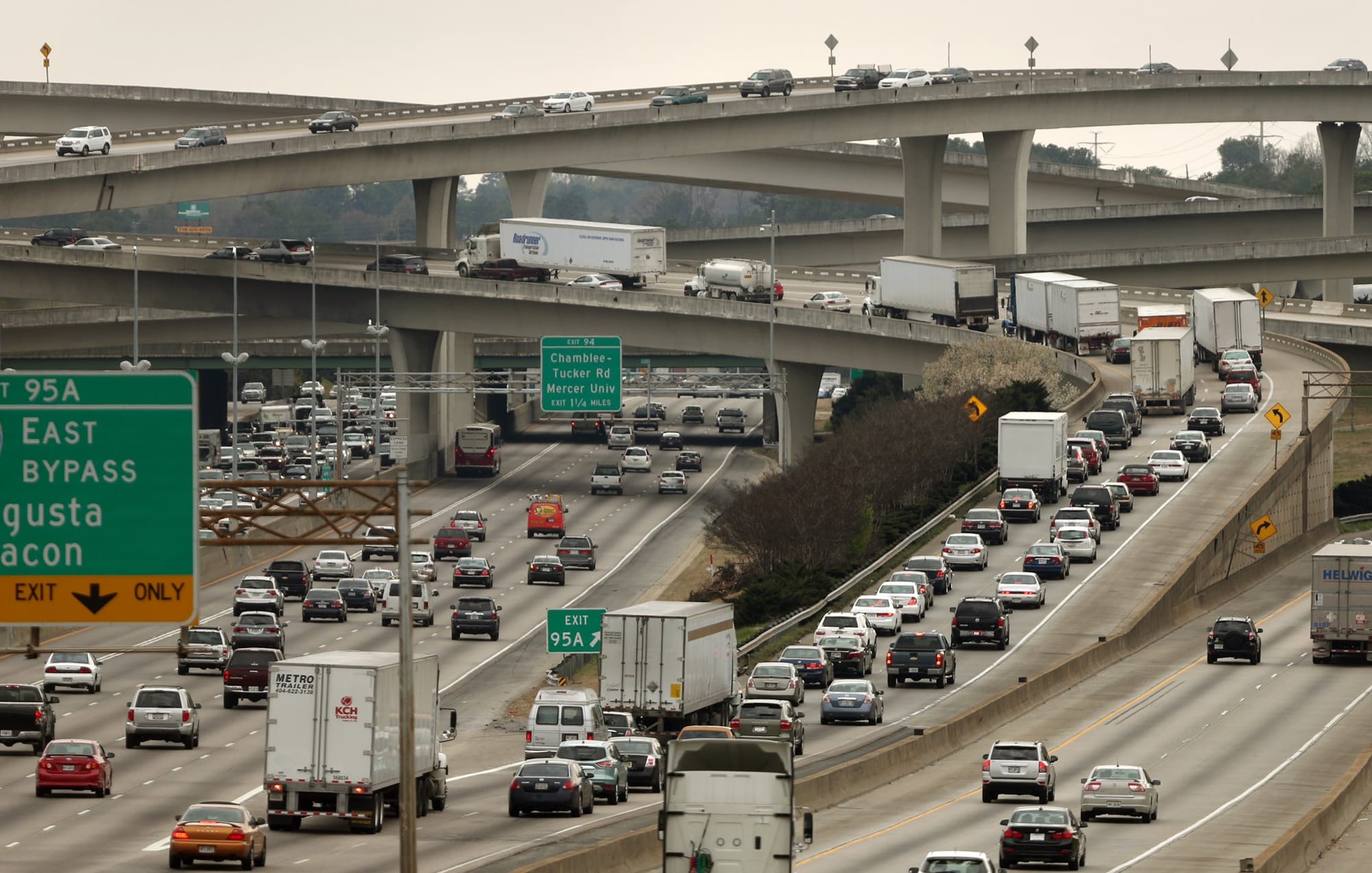
Another Atlanta entry (shock). This interchange feeds Southeastern distribution centers, with freight running up and down I-75 from Florida to Michigan.
It’s the main artery for reefer loads of produce, grocery freight, and major retail shipments.
LA’s I-710 corridor is already a nightmare, but this stretch on State Route 60 is a different beast.
a key lane for freight moving between the LA/LB ports and the Inland Empire warehouses, meaning a single delay here can mess up an entire supply chain.

Together With Epay Manager

Epay Manager is today’s premier option for brokers to elevate their back-office through best-in-class automation, audit, and payments.
Epay’s focus on continuous innovation has established the platform as the most configurable back-office tool in the industry today. Audit load documents, resolve exceptions, and automate payments – in 3 clicks or less!
If you’ve ever had to run freight between the Midwest and the South, you know this crossing. I-71 and I-75 both converge here, creating the perfect storm of commercial traffic, local congestion, and backups that extend into Kentucky.
Bonus headache: winter weather.
Houston, again? Yep.
This bottleneck affects freight coming from Mexico, as well as fuel hauls from refineries to the rest of the country.
It’s a critical hub for chemical transport, but when traffic jams hit, everything slows to a crawl.
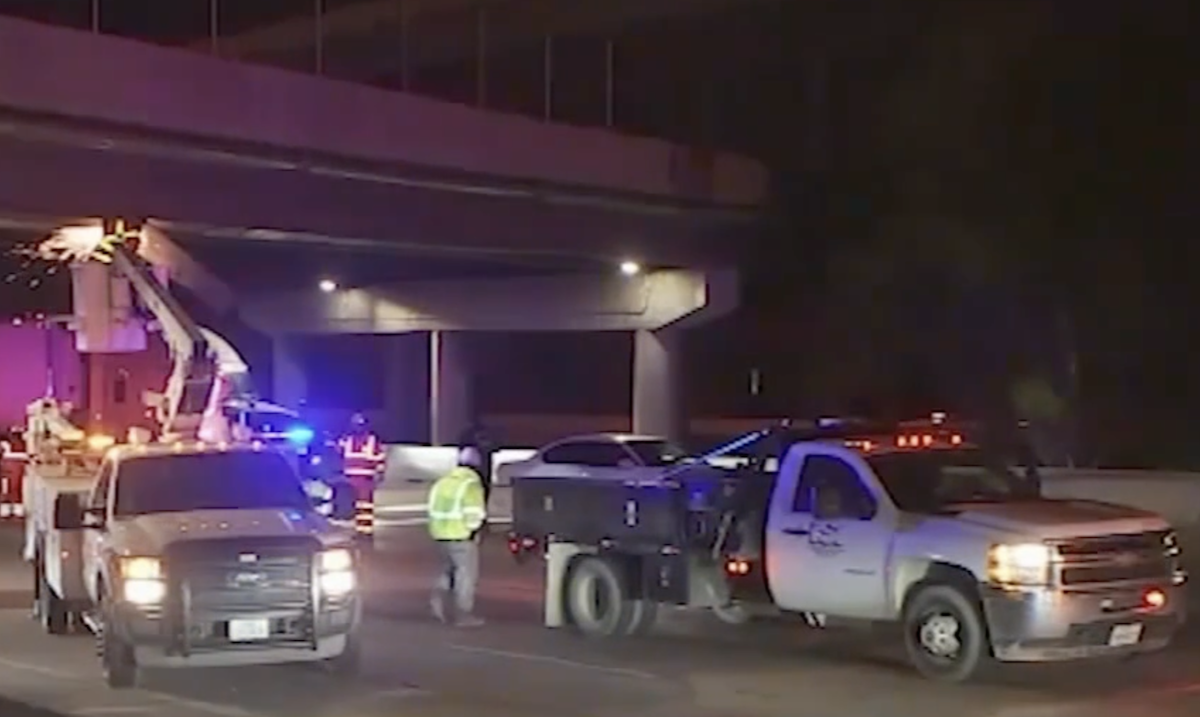
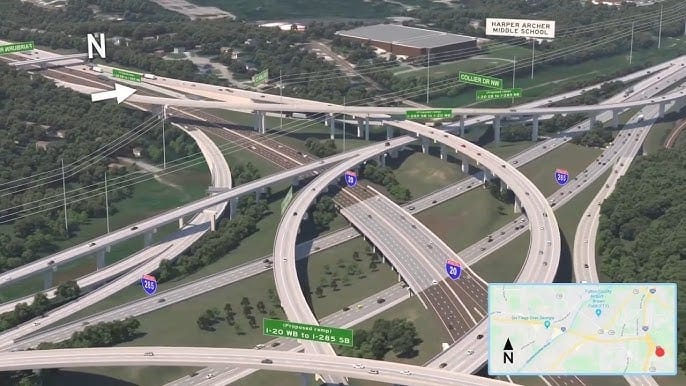
Another Atlanta spot. At this point, we should just say avoid Atlanta if you can.
This stretch is where West Coast and Texas freight hits the Southeast, so expect warehouse-to-warehouse delays and a constant battle for space with local traffic.
ATRI analysis shows just how much traffic is slowed down at these congestion points:
There's hope: After holding the #1 bottleneck spot for three consecutive years (2010-2013), a major infrastructure upgrade in 2022 improved rush hour truck speeds by nearly 25%, proving that investment in mobility infrastructure actually works.
For a deeper analysis and a look at all 100 worst bottlenecks, click here.
FREIGHT MEME OF THE DAY

Answer: With 12 bottlenecks on the list, Texas is the state most featured in the top 100. It's followed by Georgia (9), California (8), Tennessee (7), and Illinois (6).
Join over 12K+ subscribers to get the latest freight news and entertainment directly in your inbox for free. Subscribe & be sure to check your inbox to confirm (and your spam folder just in case).